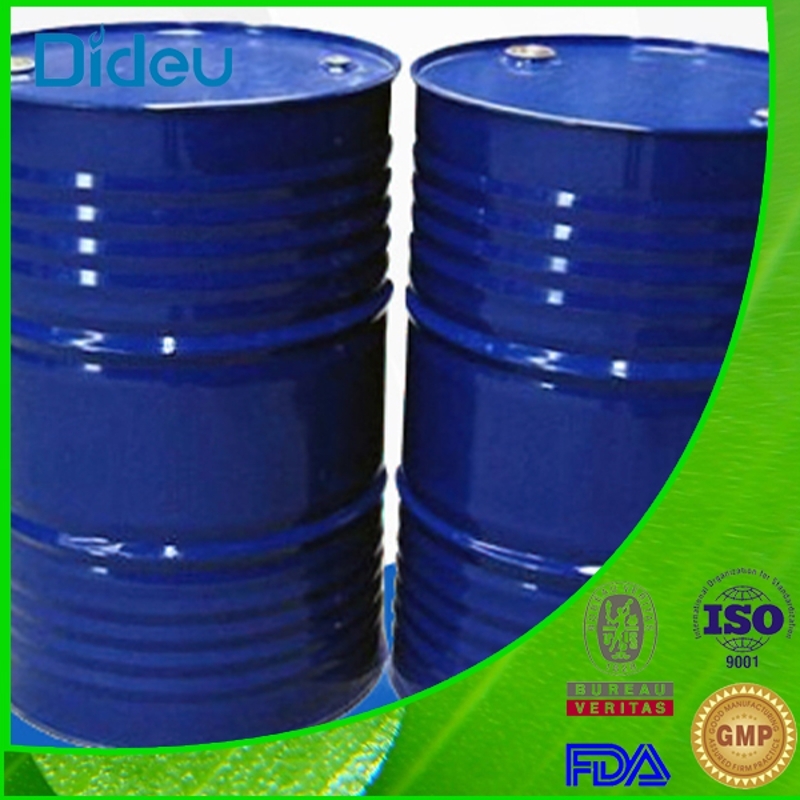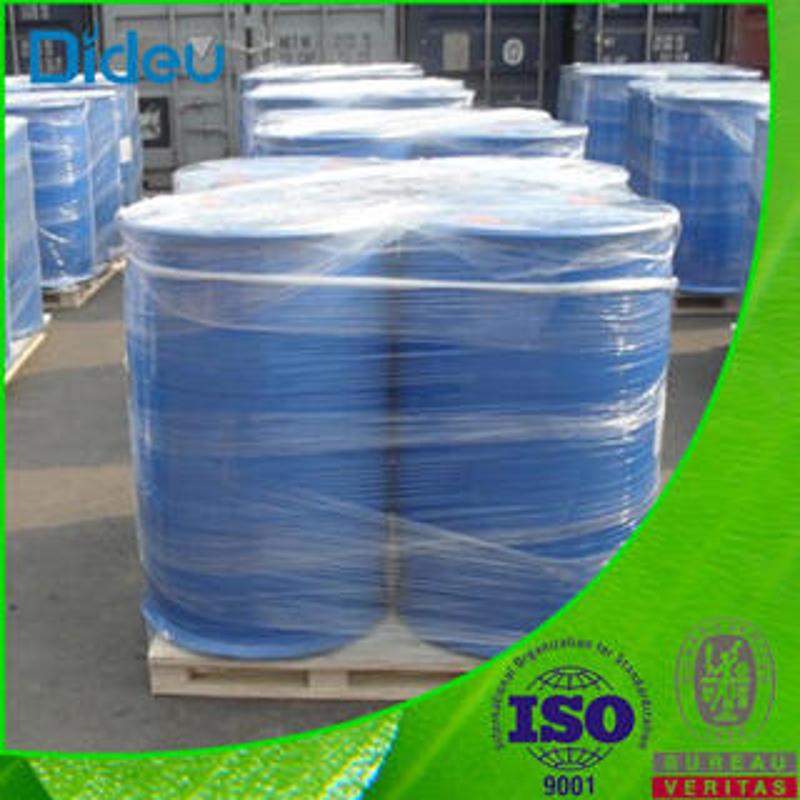-
Categories
-
Pharmaceutical Intermediates
-
Active Pharmaceutical Ingredients
-
Food Additives
- Industrial Coatings
- Agrochemicals
- Dyes and Pigments
- Surfactant
- Flavors and Fragrances
- Chemical Reagents
- Catalyst and Auxiliary
- Natural Products
- Inorganic Chemistry
-
Organic Chemistry
-
Biochemical Engineering
- Analytical Chemistry
-
Cosmetic Ingredient
- Water Treatment Chemical
-
Pharmaceutical Intermediates
Promotion
ECHEMI Mall
Wholesale
Weekly Price
Exhibition
News
-
Trade Service
Refractive index
When light is shot into another medium from one medium, it sometimes changes direction due to changes in speed, a phenomenon called refraction, when light is eacted from a vacuum into a medium, the ratio of the incoming angle to the sine of the refractive angle is called the refractive index, and the refractive index is also known as the light index.
whiteness
represents the ratio of material absorption to reflection of visible light, and relative whiteness is a function of wavelength and granularity. Whiteness combines the brightness and hue of white pigments with two optical effects
chinese
.
The cover force
is the ability of an object to cover the base color of the surface of the applied object when it is coated with a coating, so that the base color can no longer be revealed through the coating. The greater the pigment mass (g) masking force, the less the pigment mass (g)/the surface area of the coated object (cm2) pigment. The masking force can also be expressed by covering the surface area of the coated object with each kerb of pigment, which is the indesolue of the last method of representing. This method indicates that the greater the pigment cover force, the greater the value, the thinner the coating film can be, the smaller the amount of paint required.
the antichromation force of
pigment, which, when mixed with a pigment of another color, enables the resulting mixture to show its own pigment's ability. In the case of white pigments, when it is mixed with a dark pigment, the lighter the color of the mixture, indicating that it is more antichromic.
the amount of oil absorbed by the
pigment refers to every 100g pigment, the minimum quality of oil required to achieve full moisture, the amount of oil is often expressed as a percentage.
Effective Acids
In titanium solution leached by acid solution products, sulphuric acid mainly exists in three different forms: (1) sulfuric acid combined with titanium; Since it is not possible to determine the acids and free acids combined with titanium alone, only the sum of the two can be measured, so the sum of the two is called effective acids. Effective acids - Acids combined with titanium and free acids
Acid Ratio
The ratio of effective acids to total titanium content in titanium liquid is called acid ratio. The acid ratio is also known as the acidity coefficient, which is represented by a generic F.
Stability of Titanium Liquid
Stability is also known as stability, that is, in the production of titanium dioxide, titanium liquid in the case of changes in conditions, there is a tendency to occur early hydrolysis and the production of white collegial particles, the degree of strength of this tendency is called the stability of titanium liquid. The characteristics that indicate this tendency to be strong or weak are called the stability of titanium liquid.
Early hydrolytic fluid
Generally speaking, from the end of the acidation to the post-hydrolytic period, titanium liquid should not contain di-titanium acid and orthotinic acid two collosic particles, but sometimes in the process of titanium solution immersion, reduction, transport and storage, due to improper operation or condition changes, and in titanium liquid appear in the above two white collosome substances, this phenomenon is called early hydrolysing of titanium liquid.
the total soluble titanium salts in the
solution (in TiO2) as a percentage of the total amount of titanium contained in the invested titanium iron ore (in TiO2), called the acidation rate. Total titanium content in the solution The acidation rate (%) is (total titanium content in the solution / total titanium content in the mineral powder)
. . . . . . . .
. . . . . . . . . . . . . . . . . . . . . . . . . . . . . . . . . . . . . . . . . . . . . . . . . . . . . . . . . . . . . . . . . . . . . . . . . . . . . . . . . . . . . . . . . . . . . . . . . . . . . . . . . . . . . . . . . . . . . . This solution has both the properties of a true solution and a collosome solution, containing both titanium and iron-based soluble sulfates, as well as insoluble, large particles of suspended mechanical impurities and smaller particles, with high stability of collomic impurities. The 12 insoluble solid impurities are called residues of titanium liquid.
The ratio
of total iron content to total TiO2 content in titanium liquid is called iron titanium ratio, the formula is as follows: Total Fe content (g/l) iron-titanium ratio ( g/l) / total TiO2 content (g/l) iron-titanium ratio, the size and structure of the particle size and structure of hydrolytic products have a certain impact. Therefore, in the production of titanium dioxide, especially in the production of coating titanium dioxide, must be controlled in a certain iron-titanium ratio range.
The water in the
titanium liquid is a solvent and volatile, while the water in the titanium solution is soluble and non-volatile. With the help of heating, the solvent (water) in the titanium solution is gradually vaporized and vaporized and ruled out, so that the concentration of the solute gradually increases, a process called concentration.
the quality requirements of titanium dioxide for PVC
A, good whiteness; B, good grinding and wetting; C, good weather resistance; D, good chemical stability; E, small granularity, large cover, high color aeration, opacity and gloss.
hydrolysing rate is
value that reflects the degree of hydrolysing completion. That is, the percentage of liquid phase TiO2 converted to solid phase TiO2. The high or low hydrolytic rate indicates the high and low conversion rate of TiO2 into solid phase TiO2 in titanium liquid, respectively.
the rate of
the rate of precipitation of titanium-biased titanate particles in the slurry after hydrolysing is called the sedation rate. It is a value that reflects the size of hydrolytic particles and partial titanium acid particles. The seition rate is high, the partial titanium acid particles are fine, and the low subsidion rate is the thick titanium acid particles.






